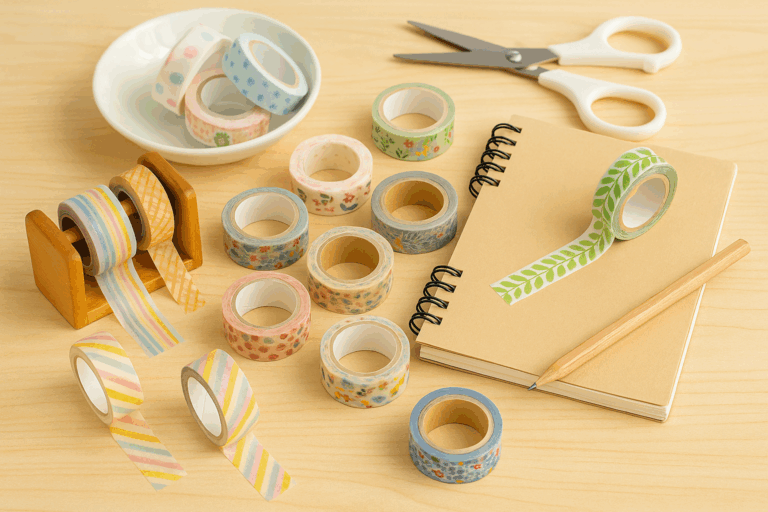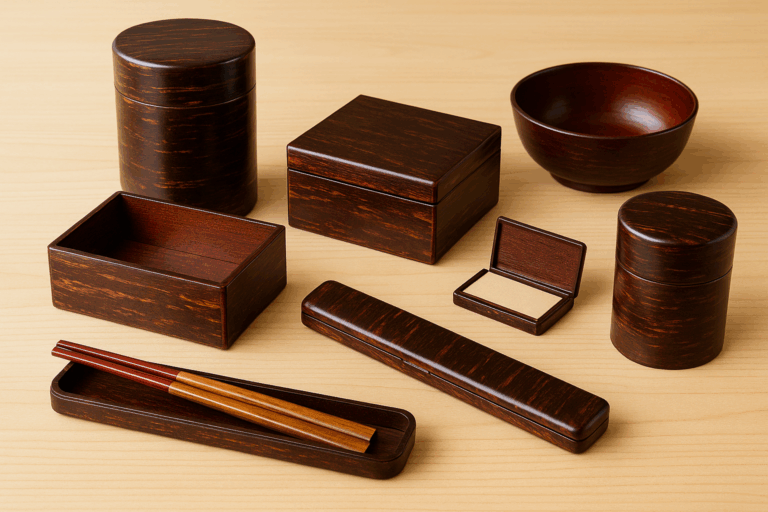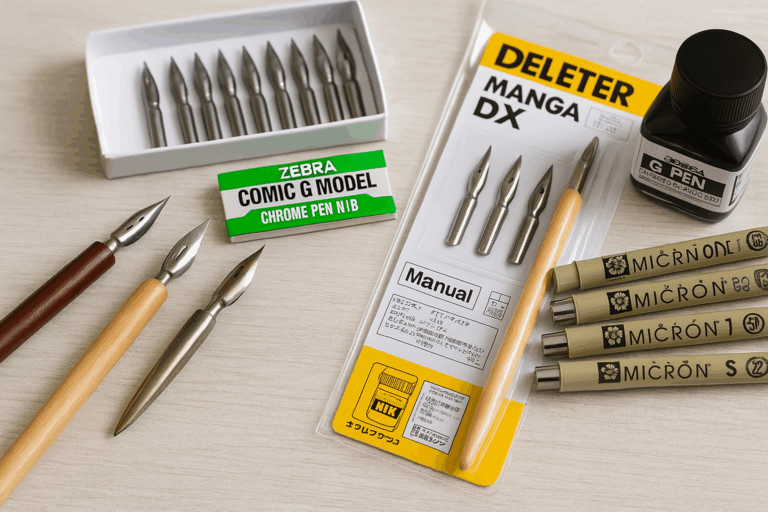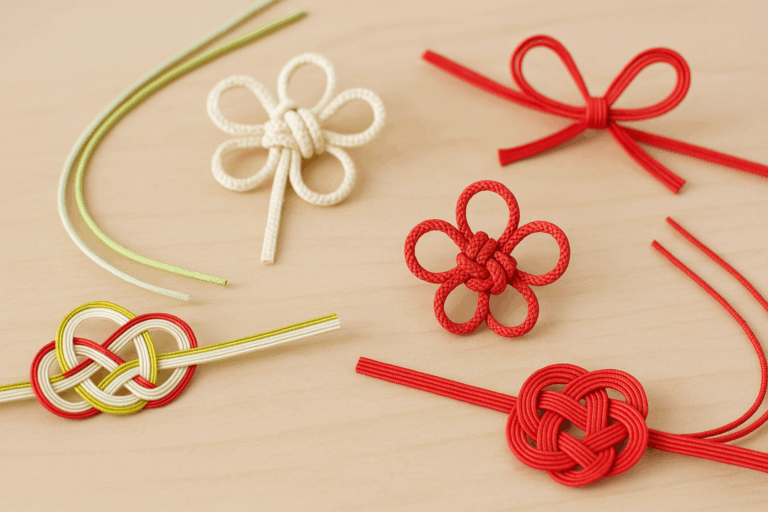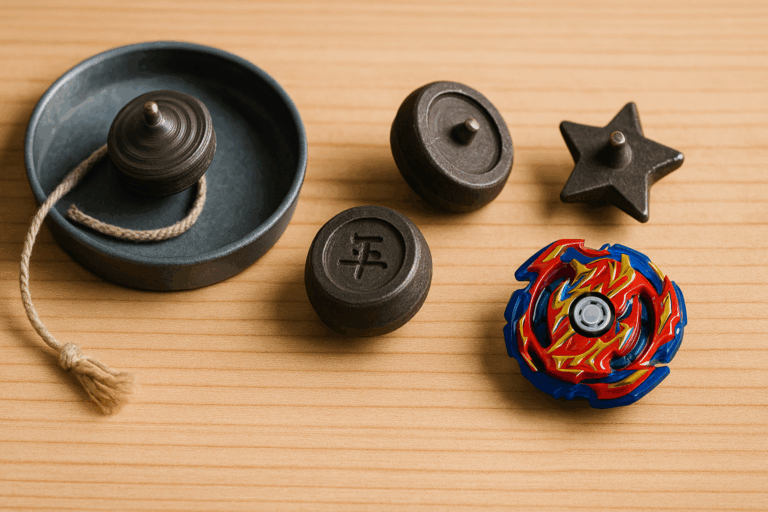Higonokami: Japan’s Iconic Folding Knife Passed Down Through Generations
In the world of traditional Japanese craftsmanship, even the most ordinary tools can carry extraordinary stories. One such example is the Higonokami—a deceptively simple yet storied folding knife. Once a staple in every Japanese schoolchild’s pencil case, this classic blade still holds a special place in the hearts of collectors, artisans, and lovers of Japanese design today.
What Is a Higonokami?
The Higonokami (肥後守) is a traditional Japanese folding pocket knife that originated in the late 19th century in Miki City, Hyogo Prefecture. Unlike modern folding knives, it features a slim, flat metal handle and a single pivot pin that allows you to open the blade manually. A small lever called the chikiri enables smooth one-handed opening with your thumb.
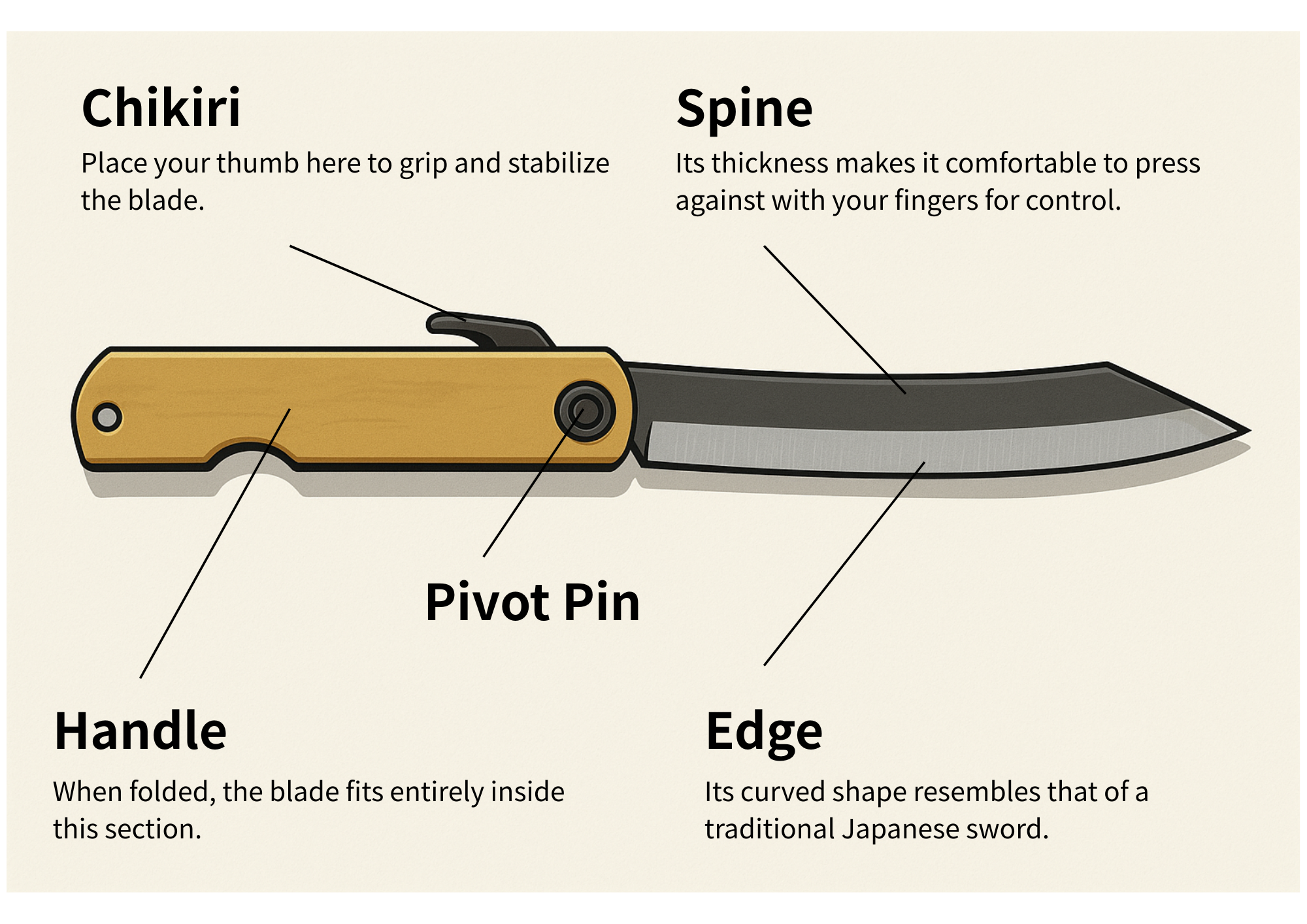
One of the knife’s signature features is its thick spine, offering stability and control—especially helpful for smaller hands. This thoughtful design made it ideal for safely sharpening pencils, which is exactly how many Japanese children first learned to use it.
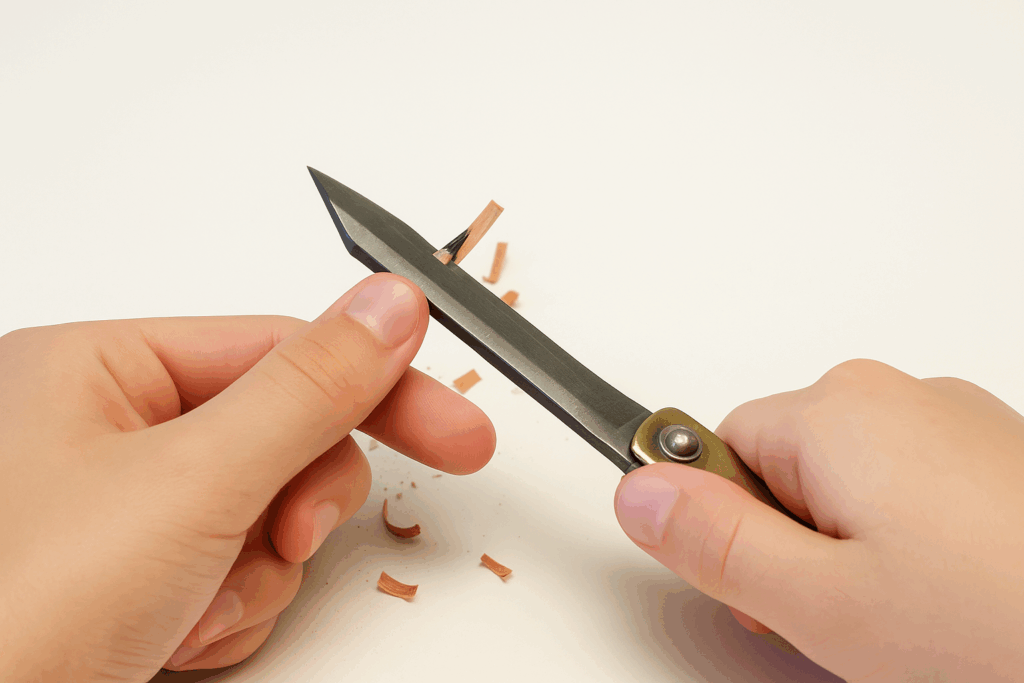
A Slice of Japanese History
Higonokami knives rose to prominence during the Meiji era (1868–1912), a time of rapid modernization in Japan. Their compact size, affordability, and simplicity made them everyday essentials for students, carpenters, and farmers alike. By the Showa period (1926–1989), they had become a ubiquitous item in children’s school bags—long before electric pencil sharpeners became common.
Though the idea of children carrying knives may seem unusual today, the Higonokami taught valuable life skills: dexterity, responsibility, and a deep respect for tools.
More Than Just a Pencil Sharpener
While many remember the Higonokami as a childhood pencil sharpener, it was never a toy. Its razor-sharp high-carbon steel blade made it suitable for woodworking, cutting rope, opening packages, and even intricate craftwork. Lightweight yet durable, it was a versatile everyday companion—equally useful in the city or the countryside.
Why Choose a Higonokami Today?
Even in an age dominated by high-tech multitools and mass-produced gadgets, the Higonokami continues to stand out. Here’s why:
- Handcrafted Quality: Many Higonokami knives are still made using traditional forging techniques, preserving the legacy of Japanese bladesmithing.
- Elegant Simplicity: No plastic, no gimmicks—just a folded metal handle and a finely honed carbon steel blade.
- Low Maintenance: Unlike disposable knives, Higonokami blades can be resharpened and, with proper care, will last a lifetime.
- Cultural Significance: Owning one is like holding a piece of Japanese history in your hand.
The Higonokami in the Modern World
Despite stricter knife regulations and the convenience of modern tools, the Higonokami hasn’t disappeared—it’s been rediscovered. Today, it’s embraced by hobbyists, craftsmen, outdoor enthusiasts, and admirers of Japanese aesthetics alike. You’ll find it featured in lifestyle blogs, gift guides, and as a nostalgic collector’s item that evokes the analog charm of old Japan.
Boutique makers now offer a wide range of models—from traditional brass-handled versions to premium Damascus steel blades, and even mini-sized versions perfect for everyday use. Whether you’re looking for a practical cutting tool or a conversation-starting collectible, there’s a Higonokami for you.
Recommended Higonokami Knives
Standard type — the perfect first choice.
Specially displayed in a dedicated leather case.
A larger type with a beautiful multi-layered blade — also great for outdoor use.
⚠️ Note: Always check your local laws before carrying a knife, even for practical purposes.
Final Thoughts
The Higonokami is more than just a knife—it’s a tool shaped by time, tradition, and thoughtful design. For fans of stationery, DIY, or Japanese culture, discovering a Higonokami can feel like opening a time capsule from Japan’s rich past.
Whether used as a daily tool, treasured as part of a collection, or given as a meaningful cultural gift, the Higonokami stands apart as a true original.
[reblex id='163']




